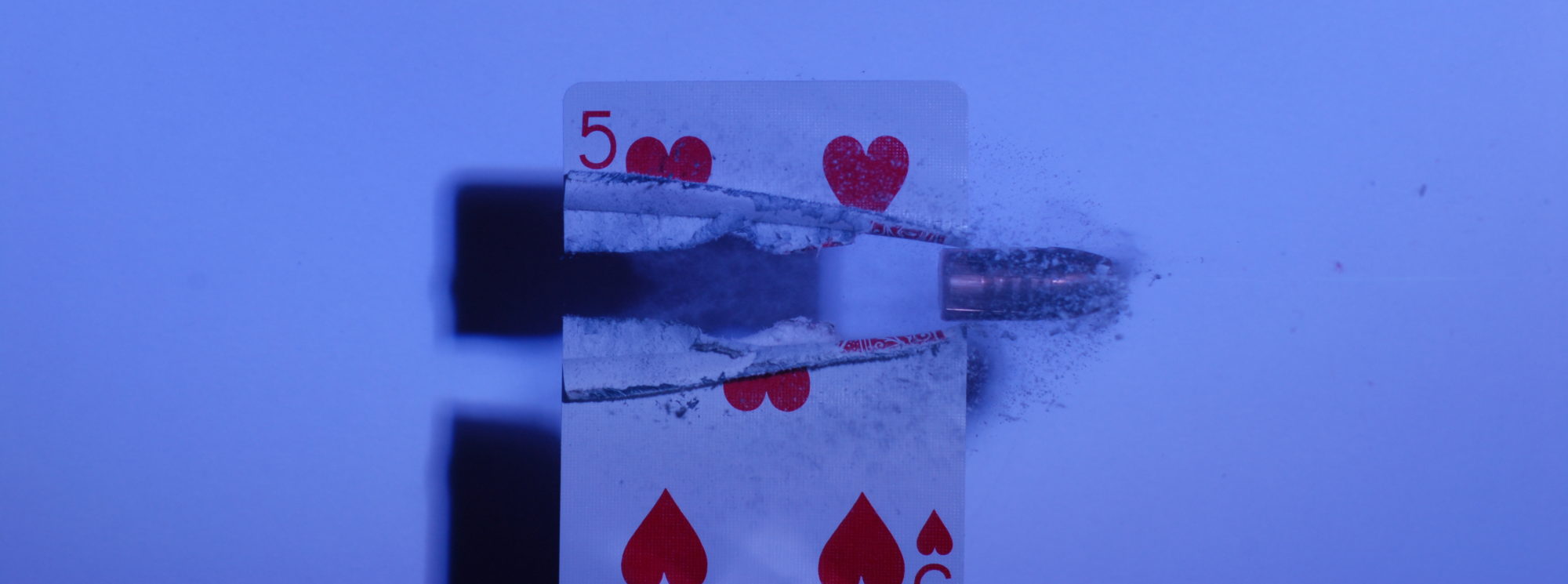
1
The data sheet for smokeless powders all carry the same basic format. The Title Block gives the basic information for the powder. This is sourced through researching published press releases, observation under a microscope, or powder equivalency charts put out by various manufacturers. Not all of this information is readily available, but when it is, it will published here.
The intended use should give the user some indication on burn speed. I.E a Rimfire powder is typically a faster burning powder then a pistol powder. A detailed burn rate chart can be found here.
The photos posted are magnified and the magnification is provided. These photos are taken by The Ballistic Assistant.
2
The Ballistic Assistant Evaluation of up to three different lots. Lot numbers are given, and a Manufacture date provided when available. If there is a distinguishing characteristic that easily identifies this powder it is noted here.
Powder density is measured in a 10cc and 100cc graduated cylinder on a milligram scale. Powder densities are always in gram/cc.
3
The grain shape, it’s coatings, size of the case necks, the speed of the loader, and the type of meter all affect the ability to accurately meter a charge. Without having access to a Camdex or a Set Point loader, and not be able to test all types of cases, a relative meter test is performed with a few different types of common styles of powder meters.
The test is performed by using a targeted charge that may be typical for the intended use. A pistol powder may only have target of 10gr while a magnum rifle powder may target 80gr. The powder charge is metered a minimum of ten times and weighed on the scale it determine the powder weight in grains. The report is an average of the test. An idea powder will have low Standard Deviations and small Min and Max window. This test is an indication of how difficult it may be to use on Commercial or Progressive Loading equipment.
4
Different powders are sensitive to different conditions. Some powders produce widely different pressures when tested at different temperatures. Other powders are advertised as temperature stable, or contain additives that aid in metering, or reduces muzzle flash. These Sensitives and Burn Characteristics are Noted here.
5
Primary Chemical Composition is a break down of notable chemicals used in the powder. This information is often proprietary and may be difficult to source, however sometimes this is published and when it is, and The Ballistic Assistant can source this information it will be published here.
6
Typical uses for a powder may be different then the intended use. For example H110 was developed by St. Marks as a magnum pistol powder. This popular powder is also used in 300 Blackout as a propellent for supersonic loads. Other powders which were primarily developed as a shotshell powder may also be used in pistol loads.
7
Additional sources for more information, reviews or marketing for this powder. Handloader Magazine puts out a powder highlight in many of its issues. These highlights are an excellent source for more detail information on a given powder.
8
Footnotes contains source material for data that was not generated by The Ballistic Assistant will be noted here. For example the source of the data concerning the chemical composition of a powder would be listed here.
